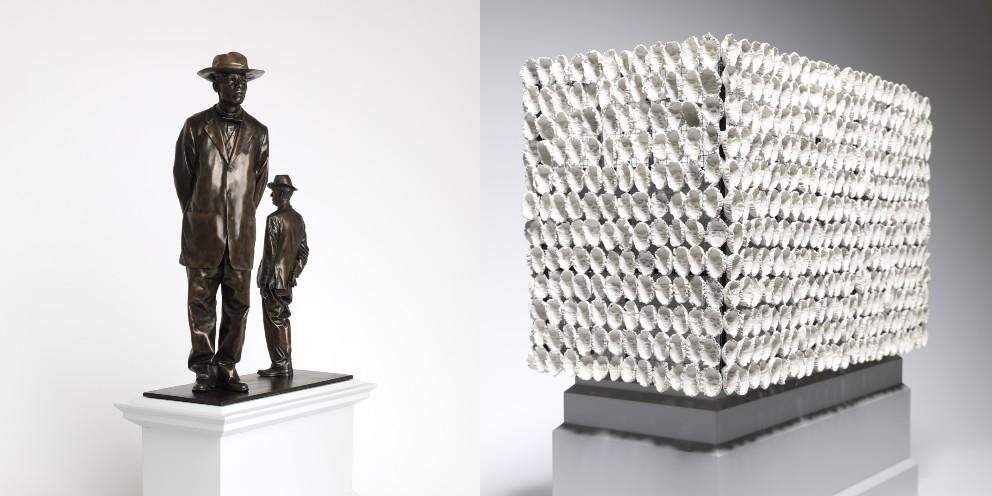London, anti-colonialist and LGBT statues to be installed in Trafalgar Square
There will be talk of anti-colonialism and LGBT rights in the coming years in Trafalgar Square: here, in London’s central square, two sculptures on these themes will in fact be installed in the coming years. As is well known, there are four plinths around Nelson’s column, dating back to the design of the square by architect Charles Barry (London, 1795 - 1860), to whom we owe the current appearance of Trafalgar Square. Of the plinths, three have been occupied by statues since the nineteenth century, while the fourth (now known as the Fourth Plinth) remained empty, and since 1998 it has been hosting works of art biennially that are chosen by the Royal Society of Arts.
On Monday, the City of London announced who the “Fourth Plinth” winners are for 2022 and 2024, who will thus succeed Heather Phillipson ’s (London, 1978) sculpture The End, a large clump of whipped cream with a cherry, a fly, and a drone (a sculpture that suggests exuberance and unease, and is meant to be symbolic of Trafalgar Square as a celebratory site but also a site of protest). Phillipson’s work will remain until September 2022, after which Antelope by African artist Samson Kambalu (Malawi, 1976) will stand on the fourth plinth, while in 2024 it will be the turn of 850 Improntas by Mexican artist Teresa Margolles (Culiacán, 1963).
Samson Kambalu’sAntelope is an anti-colonialist sculpture: it is in fact a reproduction of a 1914 photograph of Baptist preacher and pan-Africanist John Chilembwe and European missionary John Chorley. In the work, Chilembwe is seen wearing a hat, a gesture of defiance against colonial power that forbade Africans to wear a hat in front of whites. Teresa Margolles’s 850 Improntas, on the other hand, is a sculpture made up of casts of the faces of 850 transgender people from London and around the world: masks that will be arranged around the pedestal to evoke the shape of a Tzompantli, a kind of large vertical frame that in Mesoamerican civilizations (Maya and Aztec) was used to display human skulls in public, usually of prisoners or victims of human sacrifice.
Kambalu and Margolles were chosen from a shortlist of six international artists from America, Germany, Ghana, Mexico and the United Kingdom. The winning works were chosen by the Fourth Plinth Commissioning Group, chaired by writer, journalist, television host and curator Ekow Eshun. The public was invited to have their say, and the shortlist received nearly 17,500 votes.
Pictured: the Kambalu statue and the Margolles statue.
 |
| London, anti-colonialist and LGBT statues to be installed in Trafalgar Square |
Warning: the translation into English of the original Italian article was created using automatic tools. We undertake to review all articles, but we do not guarantee the total absence of inaccuracies in the translation due to the program. You can find the original by clicking on the ITA button. If you find any mistake,please contact us.




























